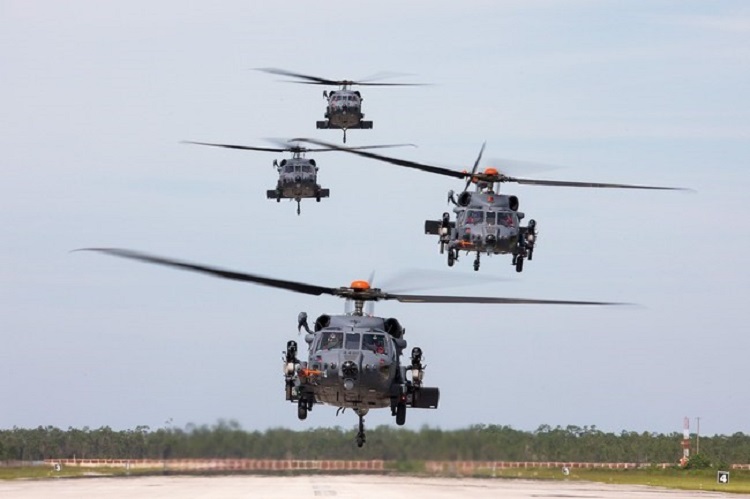On July 21, the Air Force Research Lab posted a broad agency announcement (BAA) entitled Collaborative Sensing & Exploitation (BAA NUMBER: FA8750-20-S-7014).
This announcement is for an Open, 2 Step BAA which is open and effective until 30 Sep 2025. Only white papers will be accepted as initial submissions; formal proposals will be accepted by invitation only. AFRL is seeking innovative research to enable closed loop sensing and sensor data exploitation in dynamic adversarial environments.
The Information Directorate of the Air Force Research Laboratory is soliciting white papers under this Broad Agency Announcement (BAA) for research, development, and evaluation of technologies/techniques to enable closed loop sensing and sensor data exploitation in dynamic adversarial environments. It is anticipated that future adversarial environments, in which Situational Awareness (SA) is desired, will be cognitive software controlled, geometrically diverse and heterogeneous in true/false target signature characterization.
To combat these problems future operational concepts will incorporate versatile, networked, heterogeneous, controllable ubiquitous sensing systems on autonomous/semi-autonomous platforms. Such systems will provide information and SA at a level of abstraction considerably higher than current stovepiped systems yielding geo-registered events (e.g. detections). Accordingly, the United States Air Force (USAF) recognizes the significant advantage of exploiting data from a number of sensing modalities. This will include both traditional Intelligence Surveillance and Reconnaissance (ISR) sensors (both passive and active) and Measurement and Signatures Intelligence (MASINT) sensors across many domains to include air, space and cyber. Given the domains of interest, both hard and soft data sources are of interest. In this way, the UASF has an advantage, in dynamic adversarial environments, by collecting a rich multi-modality target signature collection and be able to autonomously re-configure the network of multi-modal sensors to improve such things as Detection, Tracking, and Classification (DTC) of time critical targets.
Efforts are categorized into three focus areas (FAs), each focusing on a different aspects of an agile, networked, autonomous sensing/exploitation system. Offerors may submit white papers on an individual FA, or any combination of FAs thereof. Offerors who include multiple FAs in their white paper should describe the work for each FA separately and clearly identify the applicable FAs. For each proposed technical approach, indicate a benchmark(s), or State of the Art (SOA) approach that will be used for comparison to the proposed approach to identify performance improvement. In the white paper, indicate how the comparison will be performed, as well describe and reference the SOA technique(s) that are being compared.
The three focus areas are as follows:
FA1: Closed Loop Sensing and Exploitation
FA2: Diverse Modality Sensing Exploitation
FA3: Closed Loop Applications and Demonstrations
Review the full AFRL Collaborative Sensing and Exploitation BAA.
Source: SAM









